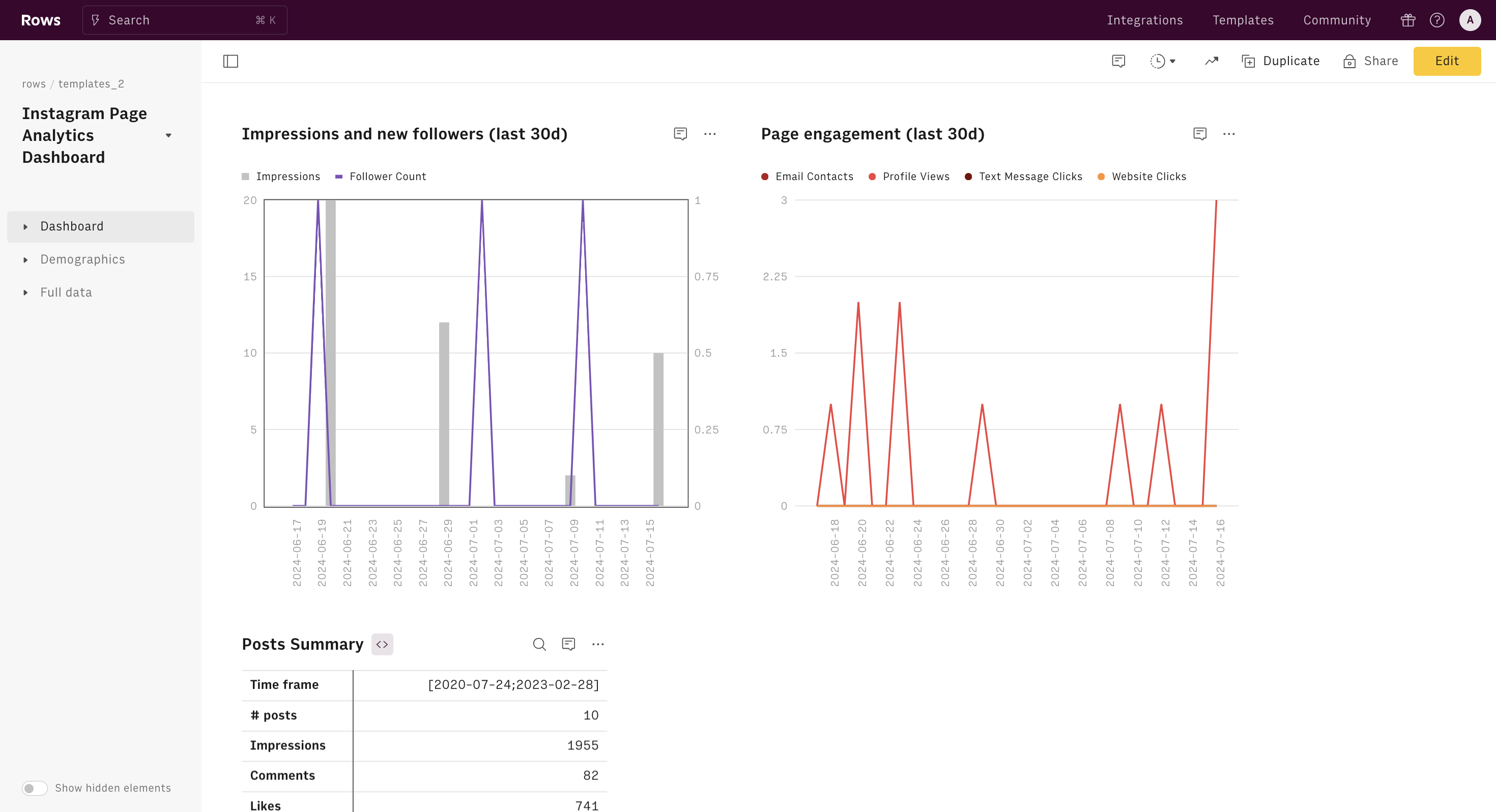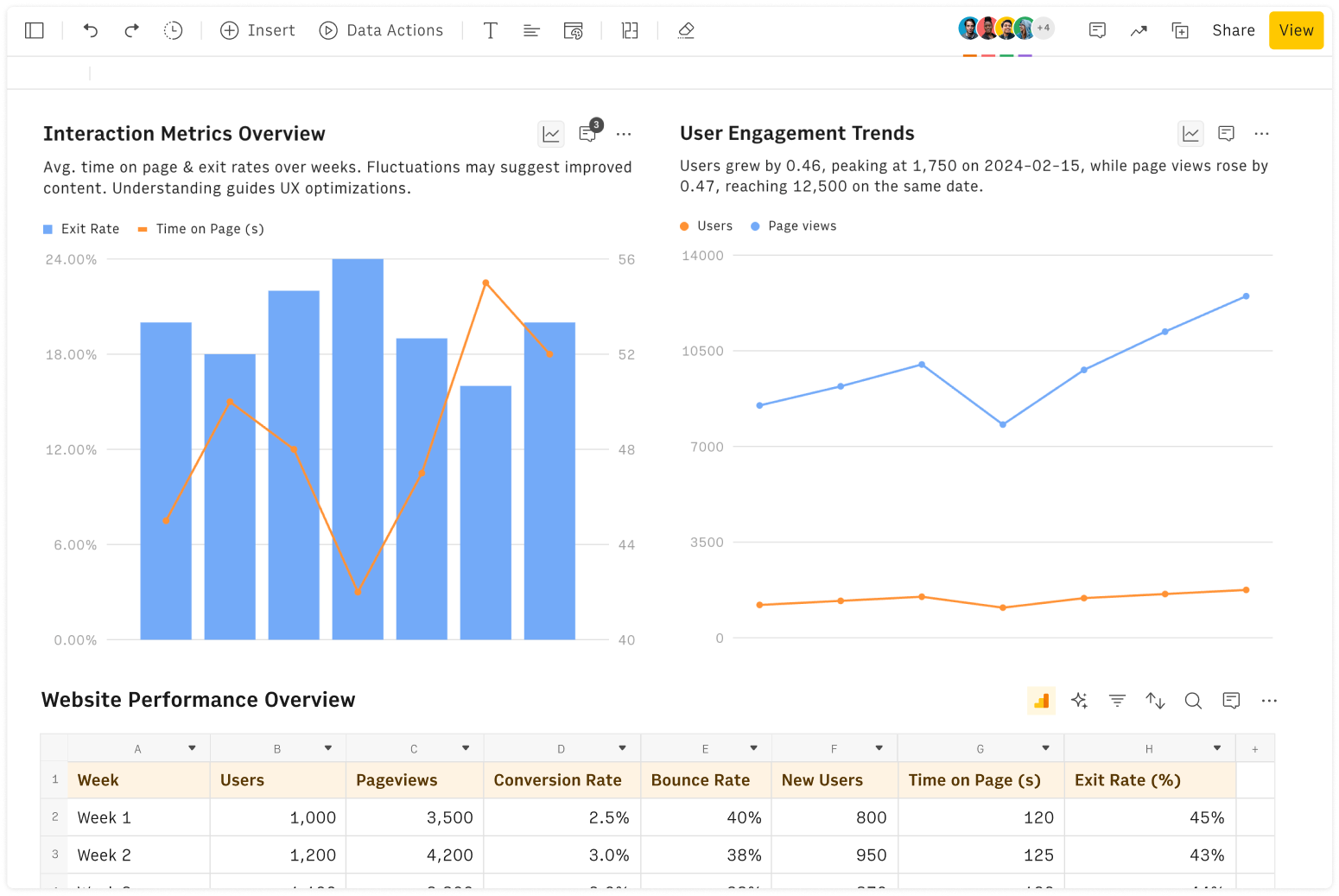The Google AdSense Calculator helps you estimate the daily revenues from a web page where a Google AdSense program is active, given the number of impressions, clicks, and cost-per-click.
Google AdSense is a program developed by Google that enables website publishers to earn money by displaying targeted advertisements on their websites. Through a bidding system, advertisers compete for ad space, and Google matches relevant ads to the website's content.
How does AdSense work? Whenever a visitor clicks on one of the ads, the website publisher earns a portion of the revenue generated by the advertiser. With its immense popularity, Google AdSense has become one of the most widely used advertising programs on the Internet. For website owners who enjoy a substantial amount of traffic, it can serve as a substantial source of income. The best part? Joining Google AdSense is completely free and its setup and management are hassle-free. Therefore, it has become a primary avenue for content creators to generate revenue through their online endeavors.
Required input:
Pageviews, namely the total views collected by all pages with ads
# of ads per page
CTR, namely the ratio between the clicks to the ads and the total impressions
CPC, namely the earnings you will get each time a user clicks on one of the ads on your website.
To compute the expected daily revenue, we need to calculate:
Impressions = Pageviews * # Ads
Clicks = CTR * Impressions
Expected revenues = CPC * Clicks
Practical example:
|
|
|---|---|
Pageviews | 1,000 |
Number of ads | 3 |
Impressions | 3,000 |
CTR | 3.00% |
Clicks | 90 |
CPC | € 0.60 |
Revenues | € 54.00 |
Maximizing your Google AdSense revenue potential involves several key strategies. Here are some tips to help you achieve that goal:
Select a niche that commands a high CPC. Certain topics and keywords hold more value than others. To optimize your AdSense revenue, focus on a niche with a high cost per click (CPC). For instance, finance, insurance, and health-related subjects often generate higher CPC rates compared to entertainment or hobby topics.
Optimize the placement of your ads. The positioning of your ads significantly influences your click-through rate (CTR) and revenue. Experiment with various ad formats and placements to determine the best approach for your target audience. Generally, ads placed above the fold (the visible part of the page without scrolling) tend to perform better than those below the fold.
Utilize multiple ad units. Google permits website owners to display up to three AdSense ad units per page. Incorporating multiple ad units can boost your revenue potential, but exercise caution to avoid overwhelming your audience. Remember that excessive ads may result in penalties from Google.
Enhance your content for SEO. Search engine optimization (SEO) involves optimizing your content to rank higher in search engine results pages (SERPs). Improved rankings lead to increased impressions and more visitors to your website. To optimize your content for SEO, employ relevant keywords, optimize meta tags, and cultivate high-quality backlinks.
Conduct tests and make adjustments. Continuous testing and tweaking are vital for optimizing your AdSense revenue. Monitor your CTR, CPC, and other key metrics, and experiment with different ad formats, placements, and content strategies to identify the most effective approaches for your audience. Utilize the Google AdSense calculator to identify the most critical parameters for your specific situation.







